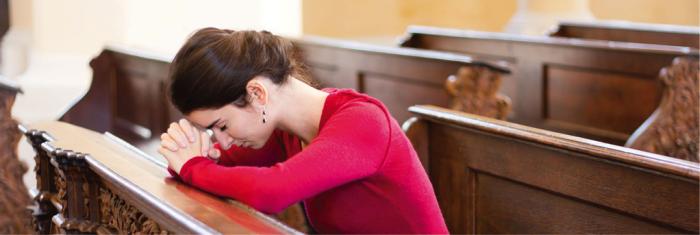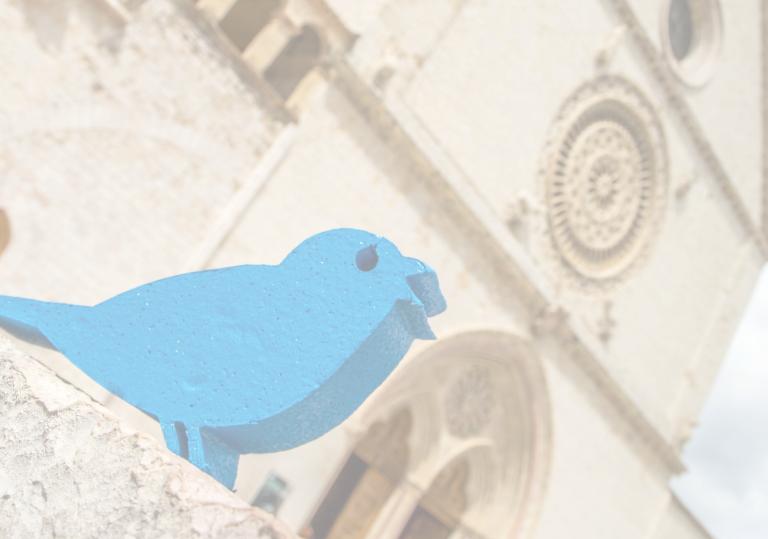
3.25 What do these gestures, signs, and colours mean?
In the liturgy we assume different postures: standing, bowing, sitting, kneeling... These are different ways of actively participating in the liturgy. When we pray, for instance, we fold our hands and do not use them for anything else.
The five liturgical colours used in the priest’s clothing and in the decoration of the altar are white, red, purple, black and green. Each colour is associated with specific liturgical celebrations or a specific period of the liturgical year.
How is the liturgy celebrated?
The celebration of the liturgy is interwoven with signs and symbols whose meaning is rooted in creation and in human culture. It is determined by the events of the Old Testament and is fully revealed in the Person and work of Christ. [CCCC 236]
From where do the sacramental signs come?
Some come from created things (light, water, fire, bread, wine, oil); others come from social life (washing, anointing, breaking of bread). Still others come from the history of salvation in the Old Covenant (the Passover rites, the sacrifices, the laying on of hands, the consecrations). These signs, some of which are normative and unchangeable, were taken up by Christ and are made the bearers of his saving and sanctifying action. [CCCC 237]
Why are there so many signs and symbols in the liturgies?
God knows that we men are not only spiritual but also bodily creatures; we need signs and symbols in order to perceive and describe spiritual or interior realities.
Whether it is red roses, a wedding ring, black clothing, graffiti, or AIDS armbands—we always express our interior realities through signs and are understood immediately. The incarnate Son of God gives us human signs in which he is living and active among us: bread and wine, the water of Baptism, the anointing with the Holy Spirit. Our response to God’s sacred signs instituted by Christ consists in signs of reverence: genuflecting, standing while listening to the Gospel, bowing, folding our hands. And as though for a wedding we decorate the place of God’s presence with the most beautiful things we have: flowers, candles, and music. In any case, signs also require words to interpret them. [Youcat 181]
Why should we petition God?
God, who knows us through and through, knows what we need. Nevertheless, God wants us to ask, to turn to him in times of need, to cry out, implore, lament, call upon him, indeed, even to struggle with him in prayer.
Certainly God does not need our petitions in order to help us. It is for our own sake that we are supposed to offer prayers of petition. Someone who does not ask and does not want to ask shuts himself up in himself. Only a person who asks opens himself and turns to the Author of all good. Someone who asks goes back home to God. Thus the prayer of petition brings man into the right relationship to God, who respects our freedom. [Youcat 486]
If Advent is the season par excellence that invites us to hope in the God-Who-Comes, Lent renews in us the hope in the One who made us pass from death to life. Both are seasons of purification - this is also indicated by the liturgical colour that they have in common - but in a special way Lent, fully oriented to the mystery of Redemption, is defined the "path of true conversion". [Pope Benedict XVI, Homily on Ash Wednesday, 6 Feb. 2008]





